Second Hand Camera Bargains
Derek Smith • 9 September 2020
With a Budget of £500
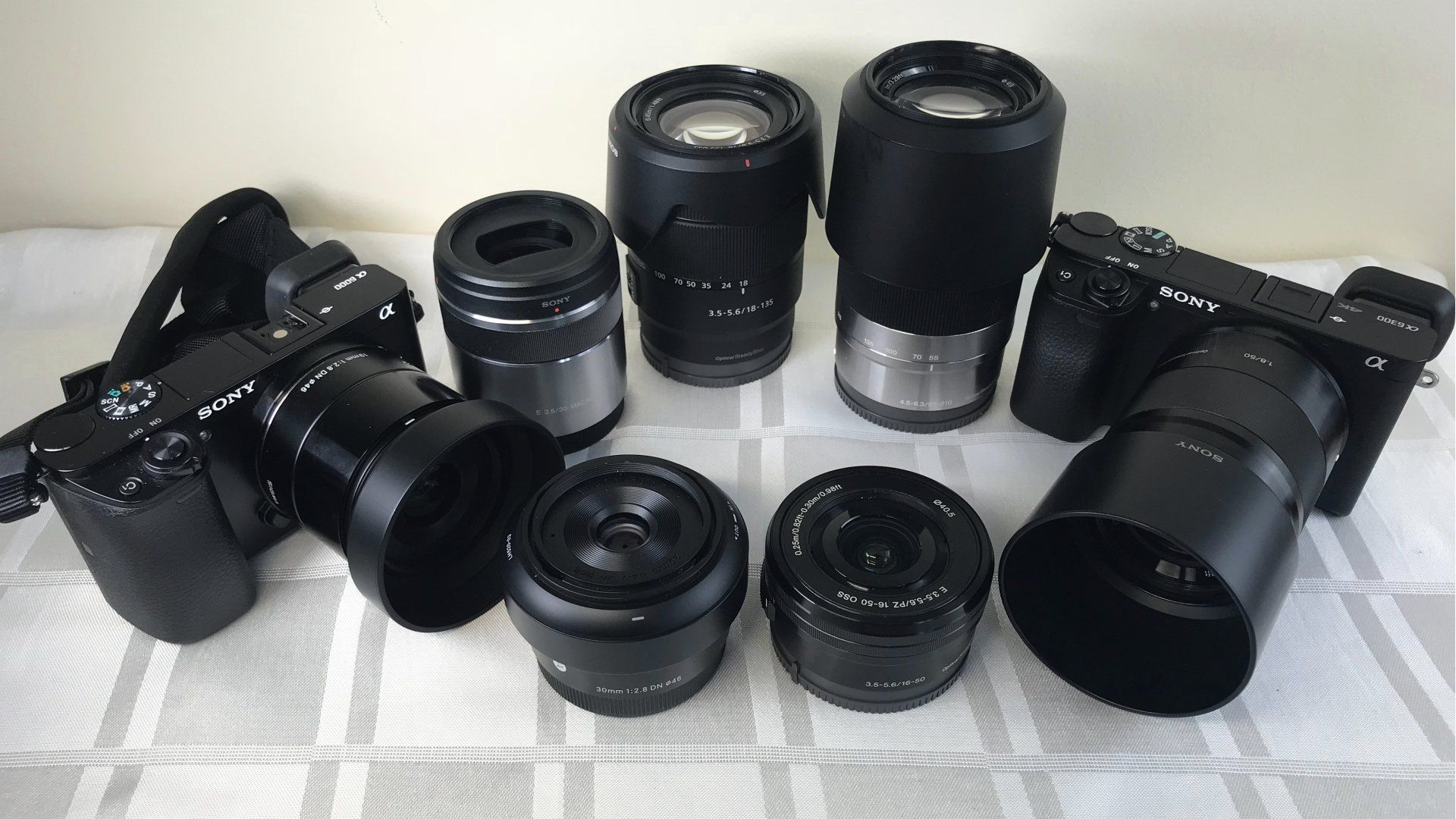
Second-hand Camera Bargains
No, this isn’t an article on Sony cameras specifically, but more an article on the piece that Amateur Photographer ran on the 22nd August about buying a second-hand camera for £500 which I found to be very interesting.
Firstly a couple of thoughts on this from my own experience, look at the new camera market in the first instance, many camera manufacturers continue to sell an older version of the latest updated camera, so you may well find a mark II version at a cheaper price than a mark III flagship model, and lots of camera manufacturers run discounted promotions, cashback, £200 pounds off, or free accessories. Also, bundling, where a camera manufacturer offers a two lens and camera body bundle, this can really get you quickly started into photography.
The second point is when buying an interchangeable lens camera is that you will be buying into a camera system, there’s no point in paying £300 for a camera body, then finding that the lenses are twice that price.
Right, so in the order that AP published:
Canon EOS 70D – An APS-C DSLR, 20.2MP sensor, Dual Pixel CMOS AF, with phase detect AF in Live View, single SD card slot, the body is dust, and moisture resistant - £370
The lens choice, and prices impressed me with the Canon EF-S 18-135mm f/3.5-5.6 IS STM - £209
Fujifilm X-T2 – An APS-C mirrorless 24.3MP X-Trans CMOS III sensor, hybrid AF, dual SD card slots, very good ergonomics and analogue setting dials - £459
A good range of lenses are available, but the Fuji lenses do tend to be a little pricier, the Fujifilm XF 18-55 F2.8-4R LM OIS, standard zoom range - £249
Nikon D7200 – An APS-C DSLR, 24.2MP CMOS sensor, dual card slots, long battery life, and Wi-Fi connectivity, large buffer for continuous shooting, autofocus is 51-point phase detect. - £479
Second-hand DX-format lenses are plentiful, and inexpensive, a Nikon AF-S 50mm f/1.8 G - £109. Nikon AF-S 18-105mm f/3.5-5.6G ED VR - £129
Olympus OM-D E-M5 Mark II – A Micro Four Thirds mirrorless 16MP CMOS sensor, autofocus is 81-point contrast detect, single card SD slot, weather sealed, and 5 axis IBIS. - £319
An interesting choice this one, in choosing the mid-range camera, personally if I could do without the weather sealing, I would choose the Olympus OM-D E-M10 Mark II, second-hand price £199, or new, Olympus were recently offering this camera at only £499, with the 14-42mm kit lens. If I could push the budget the Olympus OM-D E-M1 Mark II, fully weather sealed, with dual card slots, and the 20.4MP Live MOS phase detect sensor, autofocus is 121-point phase detect. - £679
Lenses are plentiful for the long-established Micro Four Thirds system, prices seem to polarise a little, dubbed the “plastic fantastic” Olympus M.Zuiko Digital ED 40-150mm F4-5.6 R can be obtained new online for £99. For a dedicated prime portrait lens the Olympus M.Zuiko Digital 45mm F1.8 is amazing value at £139. However, if the PRO line-up of lenses takes your fancy, full weather sealing, and metal construction, look to pay £500 - £1000.
Panasonic Lumix DMC-G80 – Another Micro Four Thirds mirrorless system camera, styled as a DSLR, with 16MP CMOS sensor, weather sealed, IBIS working in conjunction with certain Panasonic stabilised lenses Dual IS, 4K video, autofocus is 49-point contrast detect (Depth from Defocus) - £369
If you would prefer a smaller range finder style of camera, then consider the Panasonic DC GX7 16MP sensor, 3 axis IBIS – under £200, or the GX8 / GX9 with the 20.3MP sensor, and improved IBIS. – up to £400
Lens choices, simply spoilt for choice, Panasonic Lumix G 20mm F1.7 ASPH “pancake” lens - £159. Panasonic Lumix G Vario 100-300mm F4-5.6 II OIS (that’s a full frame reach of 200-600mm weighing 520g) dust, and splashproof with Dual IS stabilisation - £359
Sony Alpha 7 – This was the very first full frame mirrorless camera launched in 2013, 24MP CMOS sensor, autofocus 117-point hybrid, and 25-point contrast detect focus points. - £409
Another interesting choice from AP, this camera is for someone who has to have a full frame camera on a budget, and can live with the cameras many quirks, for the rest of us don’t even think about it, save your money and go for the Sony Alpha 7II, much more polished, with full 5 axis IBIS - £754. Personally, at this price point, I wouldn’t even consider a full frame camera, the hobbyist photographer would be better served by buying a crop sensor mirrorless camera such as the Fujifilm X-T2, or one of the Sony A6000 series APS-C cameras.
So, how about a brand new Sony A6000? Widely available at only £499, with the 16-50mm kit lens. This APS-C camera has a 24MP CMOS sensor, autofocus is 179-point hybrid AF, the camera body is un-stabilised, but Sony lenses for APS-C cameras have built-in Optical Steady Shot (OSS) stabilisation, this option is an excellent beginner camera, with several advanced features, and great image quality.
Sony lenses can be quite expensive to buy, third party lens manufacturers such as Tamron, Sigma, and Samyang produce excellent optics for the Sony system with realistic pricing. A word about the Sony system, both full frame, and APS-C lenses use the same Sony E-mount. Lenses designed for the full frame cameras are designated as FE lenses and can be used on the APS-C cameras without any issues. As an example I used the Samyang AF 24mm F2.8 FE lens on my Sony A7II, and it was an excellent lens providing a 24mm field of view on the full frame camera, and the lens worked extremely well on the Sony APS-C A6300, with the only change being the field of view with a crop factor of 1.5x the 24mm lens becomes a 36mm equivalent lens. Working the other way around the Sony 35mm F1.8 OSS lens performs very well as a 50mm equivalent lens on the A6000 APS-C series cameras, but with the lens mounted on the A7 full frame camera the lens will only illuminate the smaller APS-C part of the full frame sensor, the camera defaults to “crop sensor” mode, and the benefit of the full frame sensor is lost.
Lots of choice then for not very much money, relatively.
Camera choices from Amateur Photographer magazine, with my own thoughts, and observations, photo of the Sony A6000, A6300 APS-C cameras, and lenses.
Derek Smith
No, this isn’t an article on Sony cameras specifically, but more an article on the piece that Amateur Photographer ran on the 22nd August about buying a second-hand camera for £500 which I found to be very interesting.
Firstly a couple of thoughts on this from my own experience, look at the new camera market in the first instance, many camera manufacturers continue to sell an older version of the latest updated camera, so you may well find a mark II version at a cheaper price than a mark III flagship model, and lots of camera manufacturers run discounted promotions, cashback, £200 pounds off, or free accessories. Also, bundling, where a camera manufacturer offers a two lens and camera body bundle, this can really get you quickly started into photography.
The second point is when buying an interchangeable lens camera is that you will be buying into a camera system, there’s no point in paying £300 for a camera body, then finding that the lenses are twice that price.
Right, so in the order that AP published:
Canon EOS 70D – An APS-C DSLR, 20.2MP sensor, Dual Pixel CMOS AF, with phase detect AF in Live View, single SD card slot, the body is dust, and moisture resistant - £370
The lens choice, and prices impressed me with the Canon EF-S 18-135mm f/3.5-5.6 IS STM - £209
Fujifilm X-T2 – An APS-C mirrorless 24.3MP X-Trans CMOS III sensor, hybrid AF, dual SD card slots, very good ergonomics and analogue setting dials - £459
A good range of lenses are available, but the Fuji lenses do tend to be a little pricier, the Fujifilm XF 18-55 F2.8-4R LM OIS, standard zoom range - £249
Nikon D7200 – An APS-C DSLR, 24.2MP CMOS sensor, dual card slots, long battery life, and Wi-Fi connectivity, large buffer for continuous shooting, autofocus is 51-point phase detect. - £479
Second-hand DX-format lenses are plentiful, and inexpensive, a Nikon AF-S 50mm f/1.8 G - £109. Nikon AF-S 18-105mm f/3.5-5.6G ED VR - £129
Olympus OM-D E-M5 Mark II – A Micro Four Thirds mirrorless 16MP CMOS sensor, autofocus is 81-point contrast detect, single card SD slot, weather sealed, and 5 axis IBIS. - £319
An interesting choice this one, in choosing the mid-range camera, personally if I could do without the weather sealing, I would choose the Olympus OM-D E-M10 Mark II, second-hand price £199, or new, Olympus were recently offering this camera at only £499, with the 14-42mm kit lens. If I could push the budget the Olympus OM-D E-M1 Mark II, fully weather sealed, with dual card slots, and the 20.4MP Live MOS phase detect sensor, autofocus is 121-point phase detect. - £679
Lenses are plentiful for the long-established Micro Four Thirds system, prices seem to polarise a little, dubbed the “plastic fantastic” Olympus M.Zuiko Digital ED 40-150mm F4-5.6 R can be obtained new online for £99. For a dedicated prime portrait lens the Olympus M.Zuiko Digital 45mm F1.8 is amazing value at £139. However, if the PRO line-up of lenses takes your fancy, full weather sealing, and metal construction, look to pay £500 - £1000.
Panasonic Lumix DMC-G80 – Another Micro Four Thirds mirrorless system camera, styled as a DSLR, with 16MP CMOS sensor, weather sealed, IBIS working in conjunction with certain Panasonic stabilised lenses Dual IS, 4K video, autofocus is 49-point contrast detect (Depth from Defocus) - £369
If you would prefer a smaller range finder style of camera, then consider the Panasonic DC GX7 16MP sensor, 3 axis IBIS – under £200, or the GX8 / GX9 with the 20.3MP sensor, and improved IBIS. – up to £400
Lens choices, simply spoilt for choice, Panasonic Lumix G 20mm F1.7 ASPH “pancake” lens - £159. Panasonic Lumix G Vario 100-300mm F4-5.6 II OIS (that’s a full frame reach of 200-600mm weighing 520g) dust, and splashproof with Dual IS stabilisation - £359
Sony Alpha 7 – This was the very first full frame mirrorless camera launched in 2013, 24MP CMOS sensor, autofocus 117-point hybrid, and 25-point contrast detect focus points. - £409
Another interesting choice from AP, this camera is for someone who has to have a full frame camera on a budget, and can live with the cameras many quirks, for the rest of us don’t even think about it, save your money and go for the Sony Alpha 7II, much more polished, with full 5 axis IBIS - £754. Personally, at this price point, I wouldn’t even consider a full frame camera, the hobbyist photographer would be better served by buying a crop sensor mirrorless camera such as the Fujifilm X-T2, or one of the Sony A6000 series APS-C cameras.
So, how about a brand new Sony A6000? Widely available at only £499, with the 16-50mm kit lens. This APS-C camera has a 24MP CMOS sensor, autofocus is 179-point hybrid AF, the camera body is un-stabilised, but Sony lenses for APS-C cameras have built-in Optical Steady Shot (OSS) stabilisation, this option is an excellent beginner camera, with several advanced features, and great image quality.
Sony lenses can be quite expensive to buy, third party lens manufacturers such as Tamron, Sigma, and Samyang produce excellent optics for the Sony system with realistic pricing. A word about the Sony system, both full frame, and APS-C lenses use the same Sony E-mount. Lenses designed for the full frame cameras are designated as FE lenses and can be used on the APS-C cameras without any issues. As an example I used the Samyang AF 24mm F2.8 FE lens on my Sony A7II, and it was an excellent lens providing a 24mm field of view on the full frame camera, and the lens worked extremely well on the Sony APS-C A6300, with the only change being the field of view with a crop factor of 1.5x the 24mm lens becomes a 36mm equivalent lens. Working the other way around the Sony 35mm F1.8 OSS lens performs very well as a 50mm equivalent lens on the A6000 APS-C series cameras, but with the lens mounted on the A7 full frame camera the lens will only illuminate the smaller APS-C part of the full frame sensor, the camera defaults to “crop sensor” mode, and the benefit of the full frame sensor is lost.
Lots of choice then for not very much money, relatively.
Camera choices from Amateur Photographer magazine, with my own thoughts, and observations, photo of the Sony A6000, A6300 APS-C cameras, and lenses.
Derek Smith
Louth Photographic Society
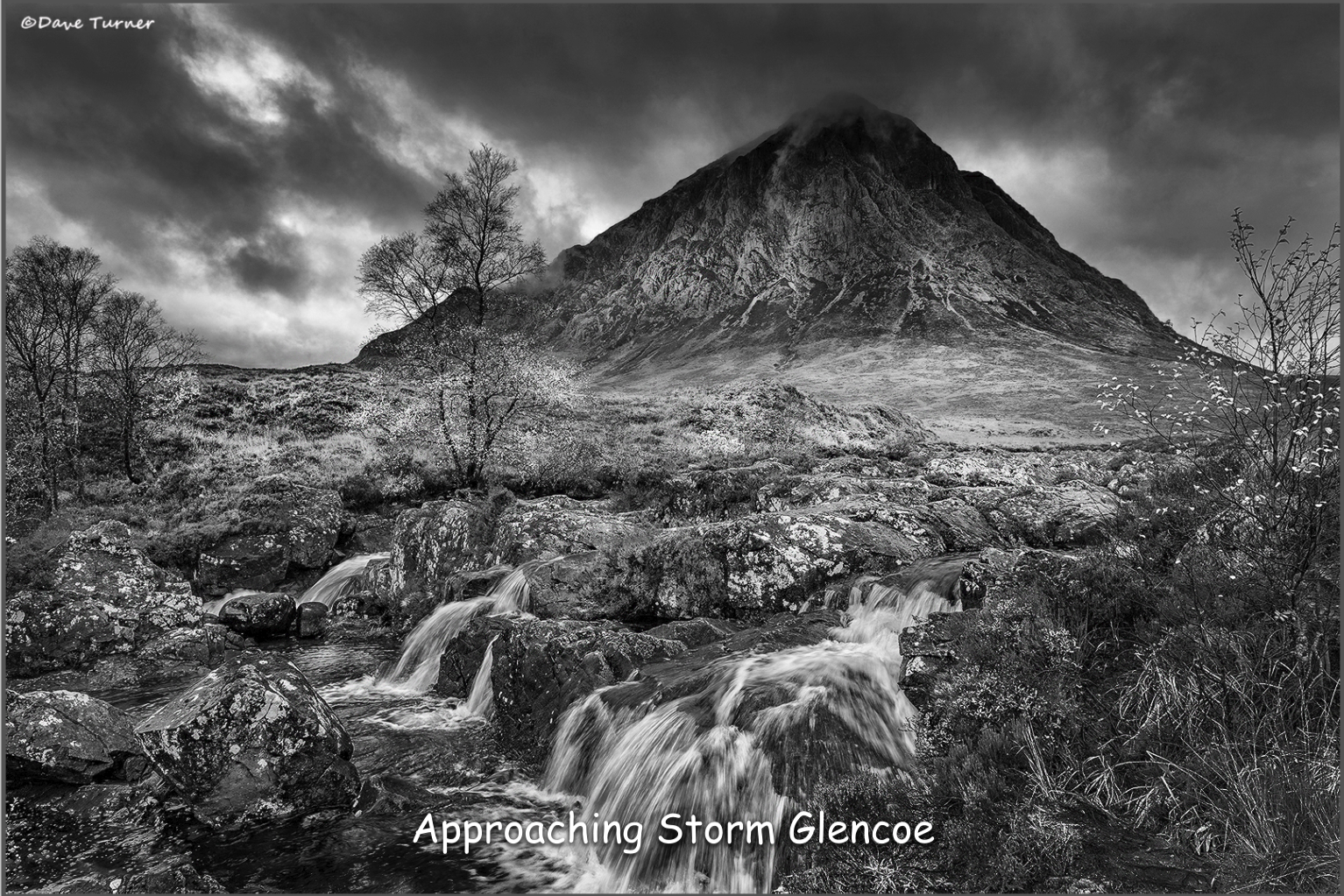
Last night members were treated to a showing of the LPA (Lincolnshire Photographic Association) Mono Group presentation. Three of our members, Dave Turner, Richard Hildred, and Chris Birchmore are members of the LPA Mono Group. Dave Turner excellently presented this showcase of the Mono Groups work, many of the images presented were stunning, and inspirational. A simple photo of a padlock on a gate took on a different dimension when presented in monochrome, and landscape photography becomes dramatic in monochrome, especially with a moody sky. It was a very interesting, and well attended evening. Thank you to Dave Turner for presenting, and Dave Mann for the refreshments.
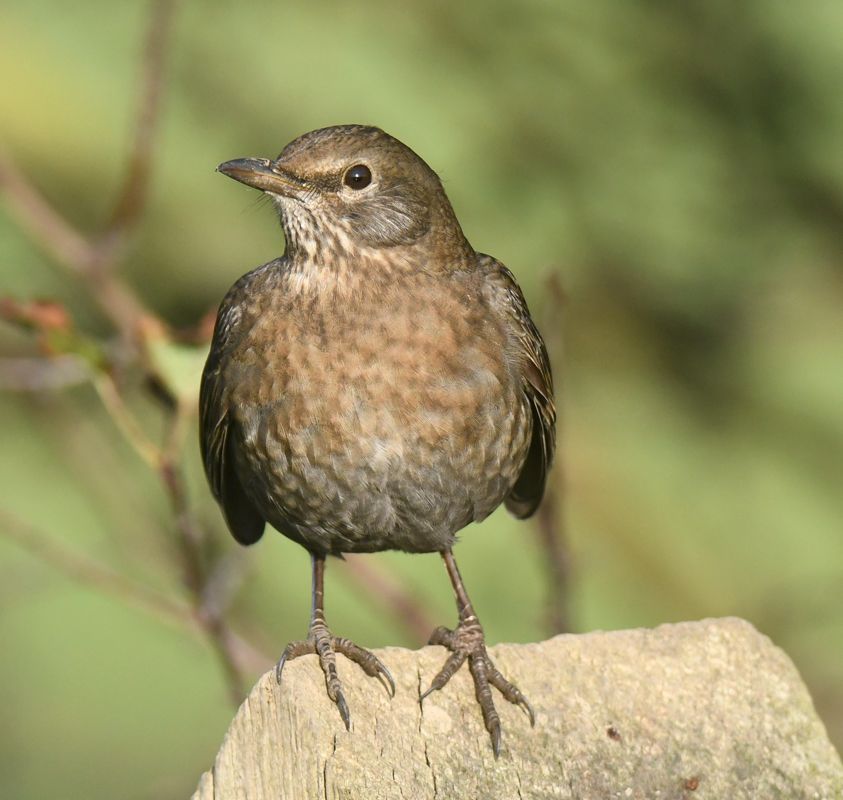
Good Morning All Last week at the club we held a committee meeting, with all committee members in attendance. Harry will once again run the Christmas raffle on our buffet and quiz night, if any member wants to donate a prize, Harry can now accept them, obviously if it's a perishable prize then bringing it in on the night would be better. We are holding a 70th anniversary exhibition next year at the Louth Museum, if any member has local prints that they think may be suitable to put in the exhibition you can bring them to the club any time now. Derek has done a blog on the night with more information. This week, Wednesday 3rd December, we are viewing the LPA mono groups presentation, Dave Turner is a member of the group and will talk us through what the group do and if time allows show us some of his own mono prints. Don't forget to bring your prints along this week for the print competition, with the categories "People" and "Open", to be held the following week, email your titles to Dave Turner in advance please. Regards Graham
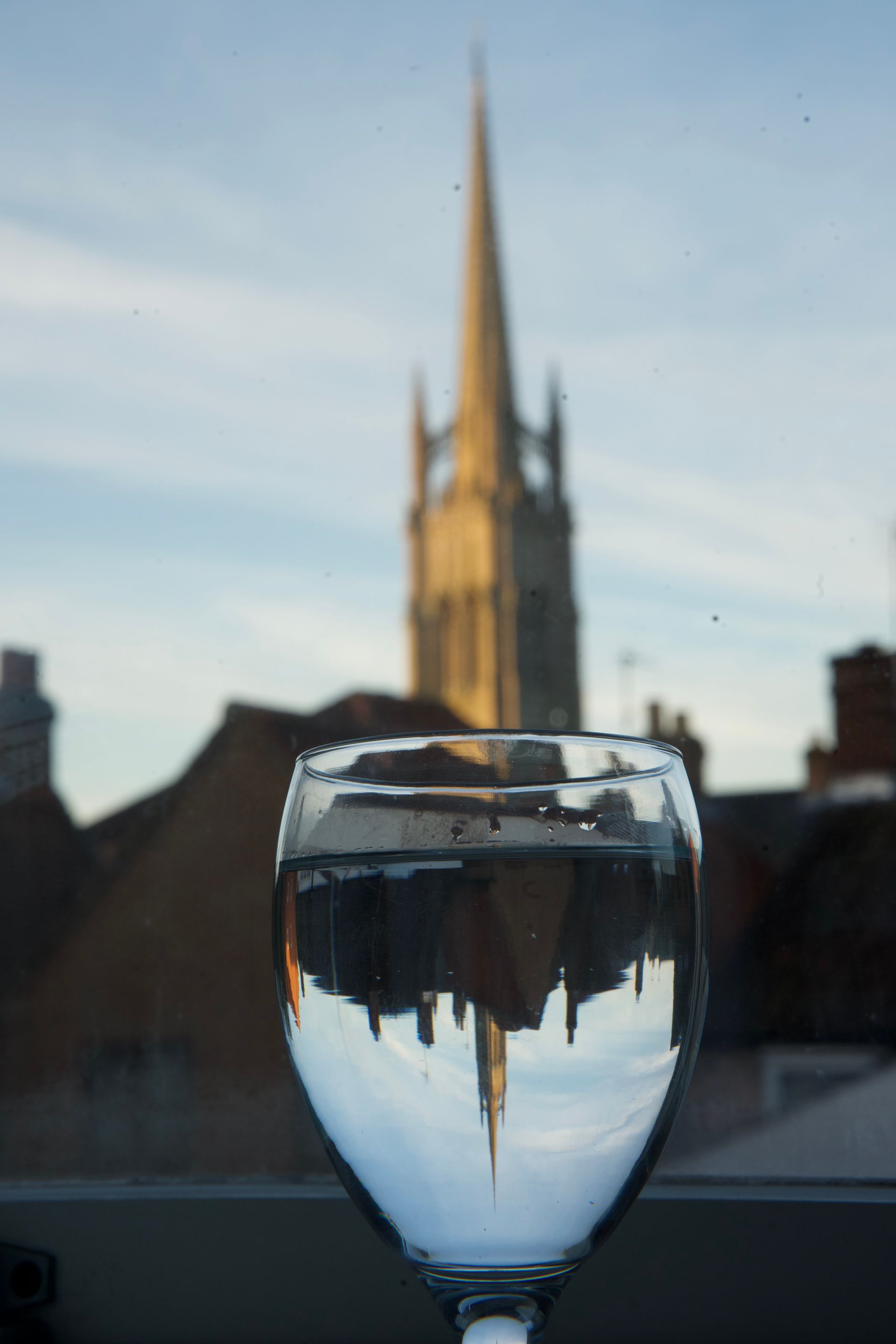
We held a Committee meeting last night in place of a regular meeting. The Committee meets twice a year to discuss items pertinent to effective, and smooth running of our Society. The Society celebrates 70 years of continuous operation next year, and we intend to show an exhibition of photographs taken over those years at the Louth Museum. The LPA Battles print competition will be held next year, and consists of 3 rounds held at photographic clubs throughout Lincolnshire, with a final round held at Nettleham. Louth has been drawn to meet with camera clubs in Grantham, and Axholme, and as you can understand this will entail a far amount of travelling. There is a proposal to the LPA which is currently under consideration which would reduce each club entry to 10 prints and for the whole competition to be held at Nettleham in 2027. Our current annual project is “Prime Time”, that is one photo for each month of the year taken with a fixed focal length lens, a prime lens, my choice for this year has been a 45mm lens, which is a full frame 90mm lens. Members show their annual project photos in the January of the following year. The Committee has decided on the project theme for next year as “Water”, which should give members a chance to demonstrate some creativity, as can be seen from the attached image. Our Christmas social event will be held on the 17th December, a buffet will be provided, there will be a quiz, and a raffle, the door entry charge will be £3 for the evening.
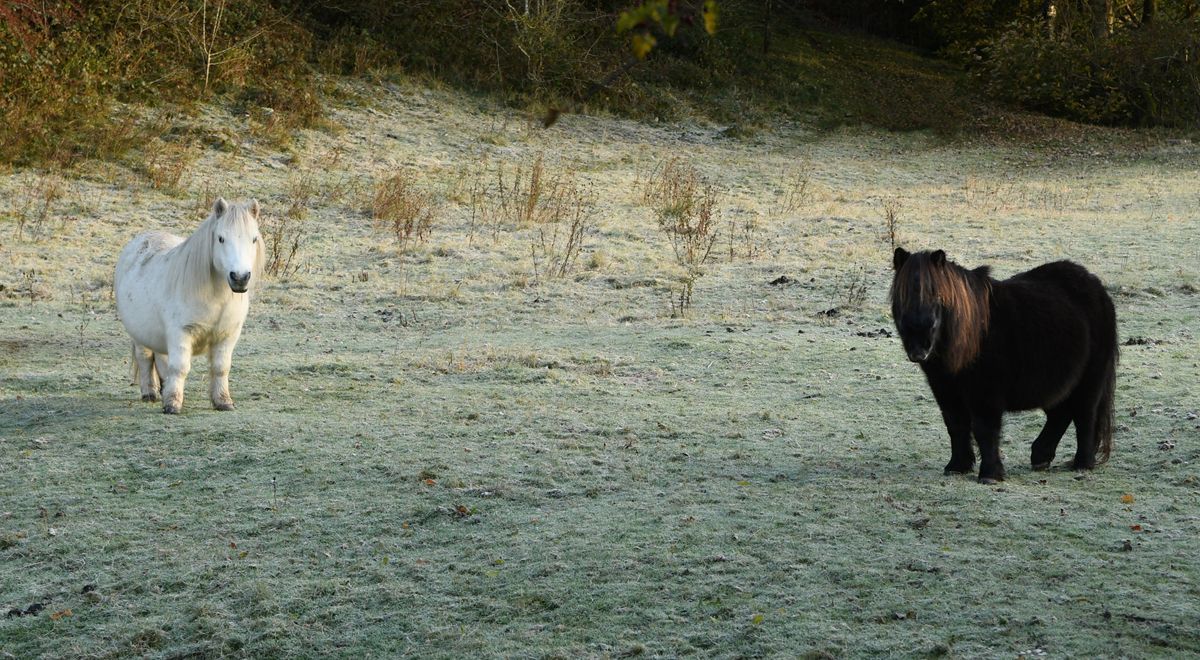
Good Morning All Last week at the club we held our PDI of the year, it was a well-attended event and thanks to Harry's organisation skills it all ran very well. Congratulations go to all the subject winners: Pictorial, Harry Kerman, Record, Dave Evans, Portrait, Derek Smith, Photojournalism, David Evans, Landscape, Dave Turner and Natural History, Graham Harrison. The overall winner was Harry Kerman. Well done Harry a great photograph of a White Cosmos. All the top three in each subject are on our website Competition page. Don't forget if you are entering the December print competition, with the categories of "People" and "Open" send your titles to Dave Turner please. The prints need bringing in a week on Wednesday. This week, Wednesday 26th November, we are holding a committee meeting, committee members only for this one please. For newer members we hold two committee meetings a year to organise events and the smooth running of the club. Regards Graham
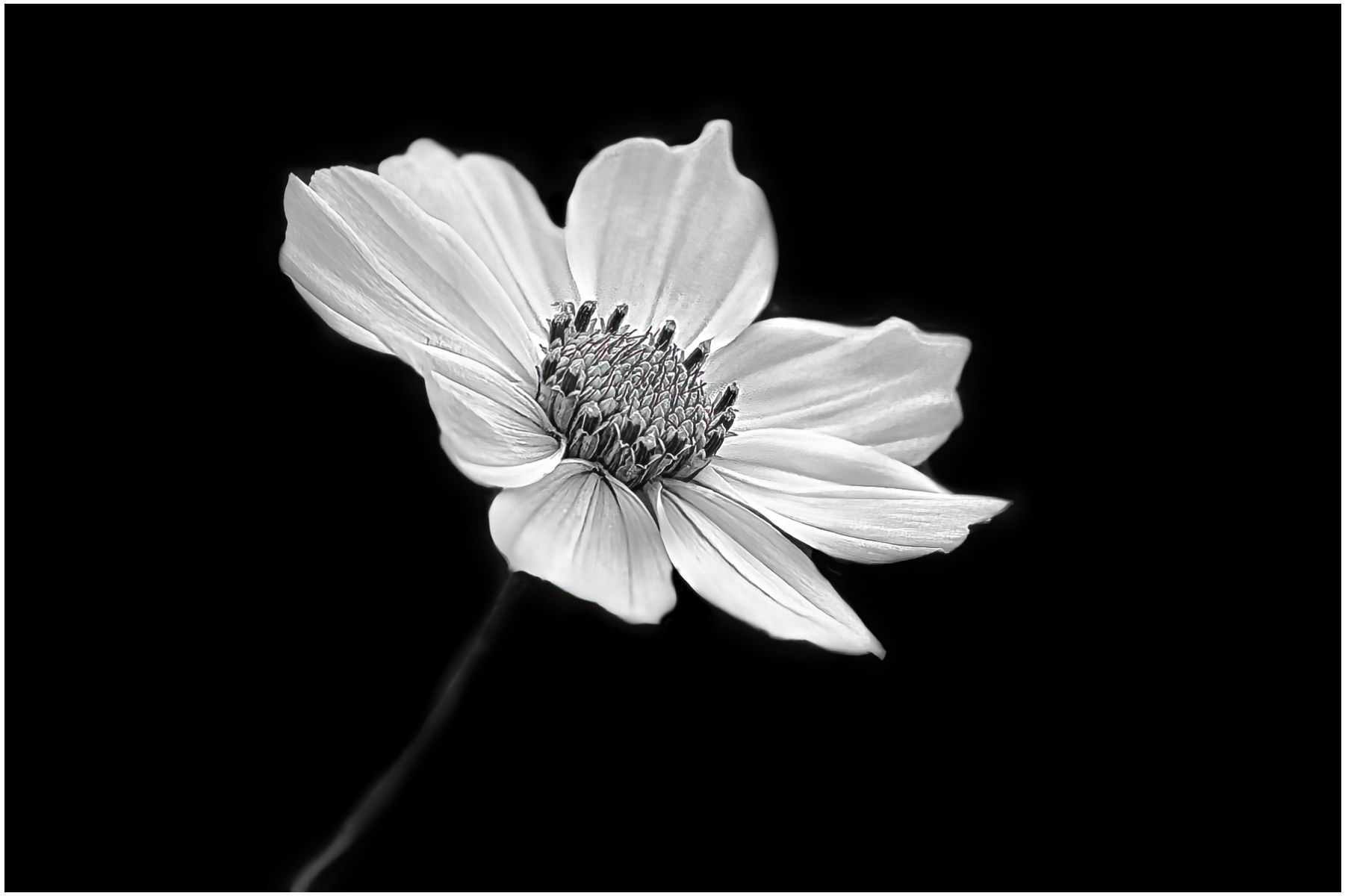
Last night we held our PDIOTY (PDI of the Year) competition, our judge for the evening was Jorg Malinowski. These annual competitions are an opportunity for members to showcase their best images from the year, some of course from the monthly competitions, as such the competition entries were of an extremely high standard. Jorg performed an excellent job of judging the entries, and the results are all on the website Competition page. Congratulations to Harry Kerman for gaining the title of PDI of the Year with his White Cosmos image.
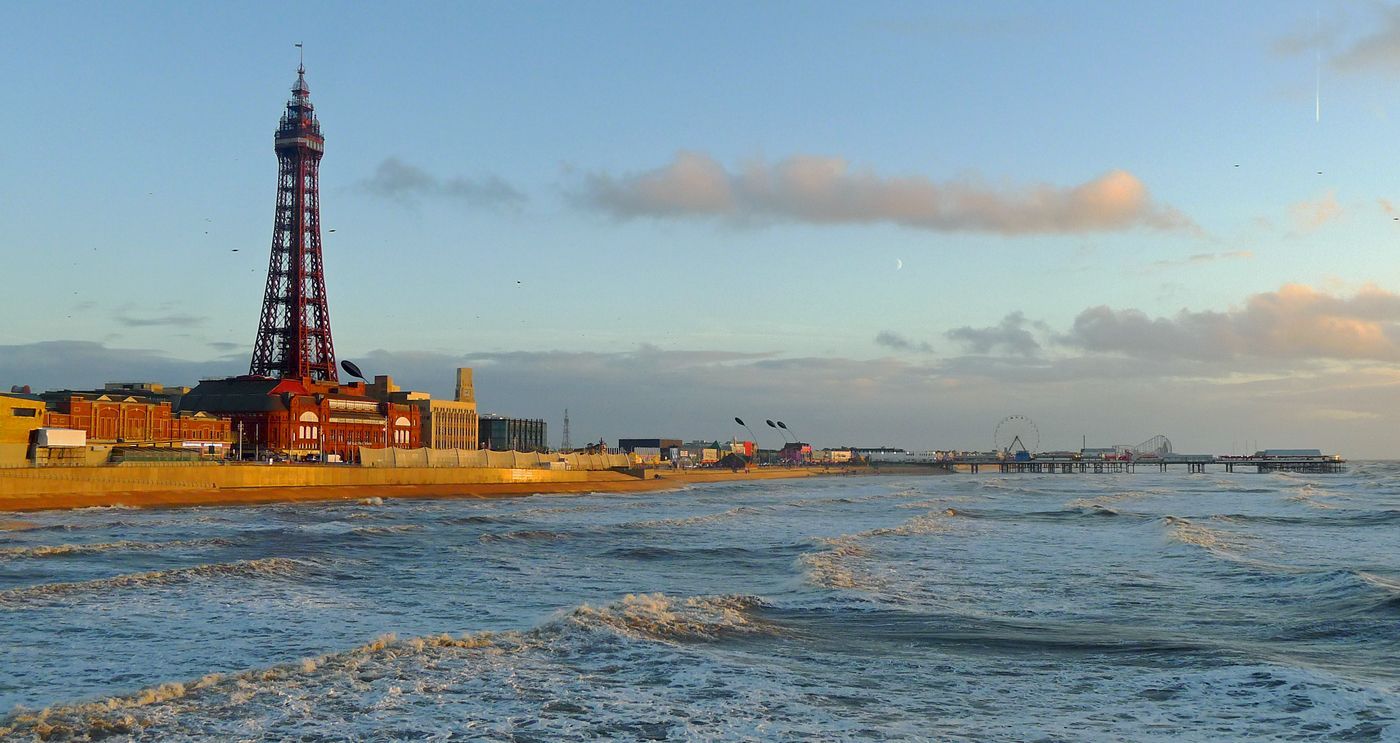
Good Morning All While we were away the other week we did have a walk around Blackpool. I only took my compact camera which I bought in 2011 but it still works ok and takes decent photographs. It is a Panasonic LX5 which fits in a pocket and is useful now and again. Last week we had mini lectures; photographs we had taken on this year's outings. Four members took part with Richard Hildred filling in with wedding photography from forty odd years ago, a very interesting look at how Richard went about photographing weddings, very different from today with far less photographs been taken. The outings did show we managed to photograph insects and birds on our walks around Red Hill and Rimac. I finished the evening with photographs taken in Somerset and Devon in 2020. This week, Wednesday 19th November, we hold our PDIOTY (PDI of the year) to be judged by Jorj Malinowski of Lincoln. It will be an evening of our best photography and we have just over fifty entries. The NEMPF exhibition acceptances have now been decided, well done to Dave Turner who had two accepted and I managed one acceptance myself. The standard for acceptance is very high, we had four members enter twenty nine PDI'S all together and only three acceptances . We had a lot of near misses, the score required was twelve and we had twelve elevens between us. You will see the exhibition at our club next year. Regards Graham

At our meeting last night members gave a series of mini lectures with 3 members showing images from the club outings to Red Hill, and Rimac. The meeting was completed by Richard Hildred showing some of his early slides. One of the principles of our Society is that we feature workshops, and outings into our annual programme, because the best way to learn photography is to work with other photographers to understand aperture, shutter speed, and ISO. In June at the Red Hill nature reserve the idea was to capture some macro images of the local insect life, and the orchids at this location. Laying, or kneeling in the grass to get close to the insects, or flowers, our members would begin to understand depth of field with using different apertures, each photographer will have his own method of achieving optimum exposure, and sharpness. Personally I tend to use aperture priority mode (A or Av on the mode dial), auto focus, and “rock” gently back and forwards to gain the focus on the subject. At Rimac, members had a lot more latitude to photograph some bird-life, or landscapes. These are some sample images from the Red Hill, and Rimac nature reserves.

Good Morning All A few more photographs from Sedbergh. Sedbergh has a tree that stands out, not quite as Sycamore gap was but on top of a hill with Crook Fell behind it. I did walk to the top of Crook Fell, got a bit wet but a dramatic sky. Last week at the club we had an excellent presentation from Mike Bennett LRPS DPAGB EFIAP BPE3* Mike showed us some of his latest photographs and as Derek's blog says, the sharpness and exposure accuracy of Mike's photographs was second to none. There is a full report on our blog. This week, Wednesday 12th November, we are holding a mini lecture night, camera club outings that we went to this year, which was Rimac and Red Hill. We have four members taking part plus Richard Hildred has offered to show us some more older transparencies. The four are Myself, Dave Turner, Chris and Paul Twomey. Don't forget to send your PDI of the year entries to Harry by midnight Wednesday (12th) Regards Graham

Our speaker last night was the highly talented Mike Bennett, he presented the club with some amazing photographs. For the first half of the presentation he showed many portraits, with the backgrounds skilfully changed, and several composited images. Included in this first half were many travel photos from Serbia, many of the buildings showing the scars of the civil war, photos from Budapest, and Austria. His wildlife photos of pelicans taken at Lake Kerkini in northern Greece were amazing, even though the weather wasn’t all that favourable, and that completed the first half of the evening. After the break, Mike showed us his wildlife photos from the game reserve in Eswatini, (bordering South Africa). The bird photos were very sharp, many of the species such as the Rollers, Vultures, and Ibis are only to be seen in Africa, Mike explained the four “F’s” of bird photography, Flying, Fighting, Feeding, and … yes you’ve guessed it being Friendly. Various other animals were shown, lions, crocodiles, rhino, elephants impala, and warthogs. It was interesting to see the extreme close-up photographs of the rhino, and elephants, as Mike explained those animals are big grey lumps, and sometimes a more interesting photo can be an extreme close-up detailing the skin texture. Mike related how their safari vehicle became held up by a herd of elephants on the track ahead, then a big bull elephant passed behind the vehicle close enough to touch, but of course the group of photographers had to sit absolutely still, until the herd of elephants passed. I was most struck by the photos of the cheetahs, with the photographers walking amongst them!! my favourite from this set was of the cheetah walking up the track pictured on a rise against the sky. The editing, sharpness, and colours from Mike’s photographs was very impressive, it was an extremely good presentation, many thanks Mike.
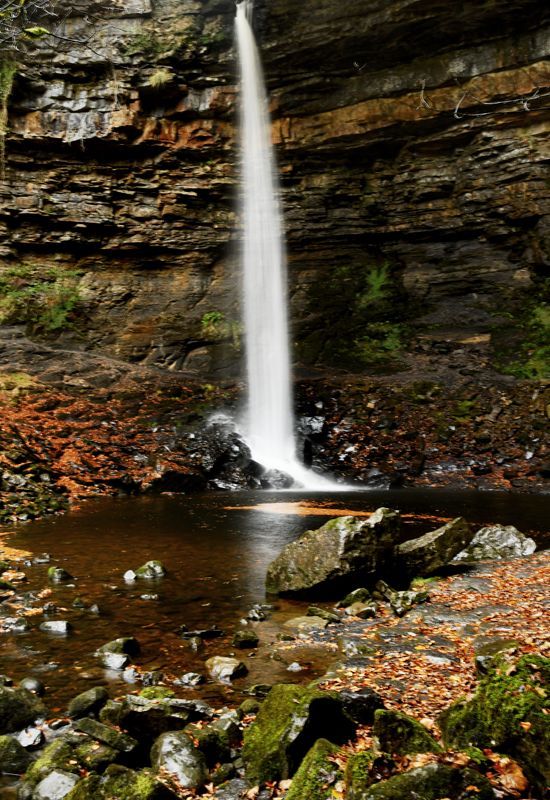
Good Morning All We have just got back from a week staying at Sedbergh, Cumbria. We had varied weather but not too much rain and some really good light for taking photographs. There is no shortage of water up there the rivers and waterfalls are flowing well. Last week at the club Harry Kerman gave a talk on one of his favourite subjects, flowers. I was not there but going by the blog Harry demonstrated how he goes about taking his photographs with some stunning photographs to show what can be done. This week, Wednesday 5th November, Mike Bennett from Cleethorpes will be our speaker, Mike likes to tell a story with his photographs and seeing some of his talks before it will be an excellent evening. Today, (Sunday) it is the LPA PDI club competition at Nettleham village hall near Lincoln. 1.30 pm for 2pm start. If you have nothing on this afternoon why not go along and see how we get on. The week after (12th November) we hold a series of mini lectures, with this year's club outings as the topic. If you would like to take part, email me please and I will see how many members want to take part. Harry is also taking entries for this year's PDI of the year, all the rules are on our website but any image that has not been in a PDI of the year before and there are six subjects with a maximum of six photographs in all. Closing date is 12th November. Regards Graham
